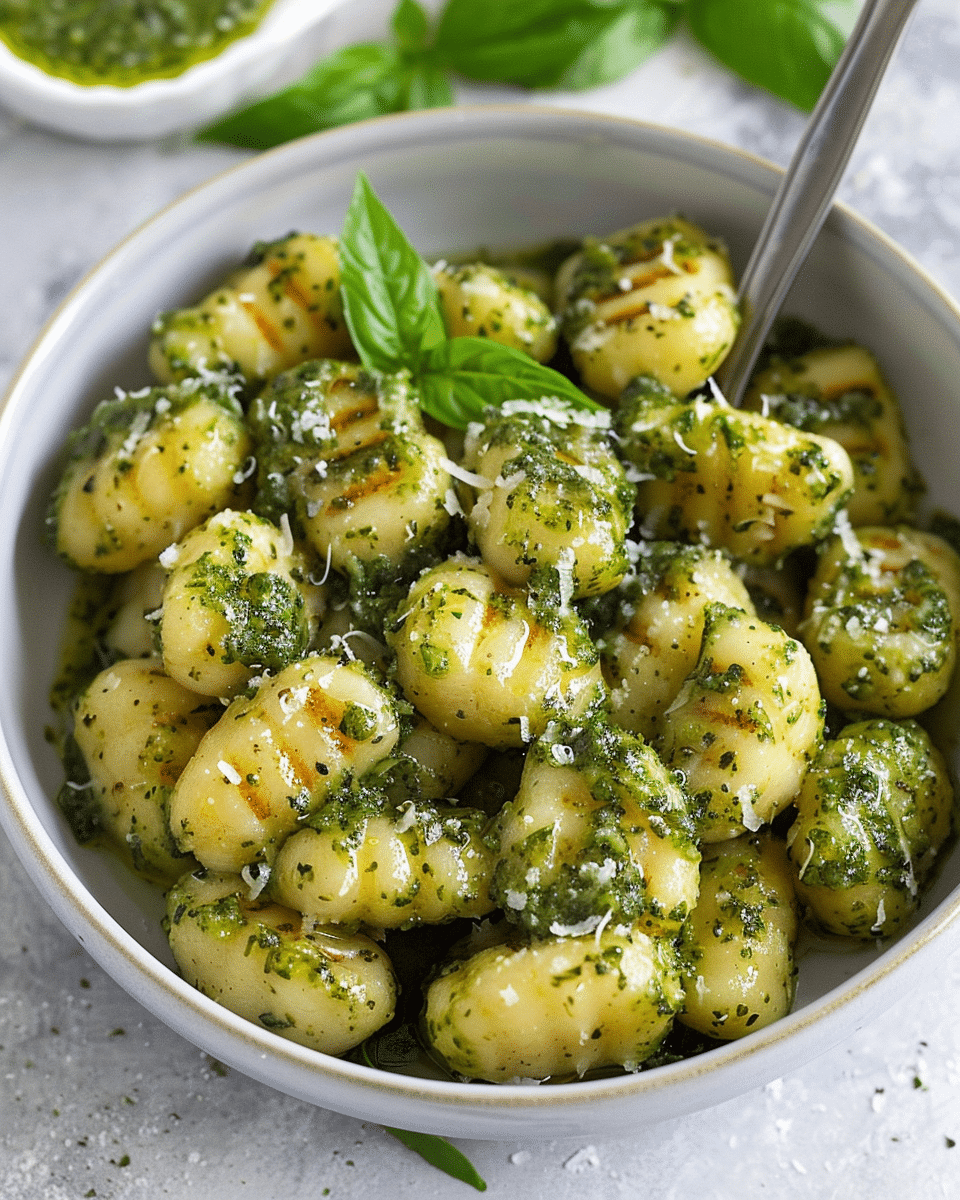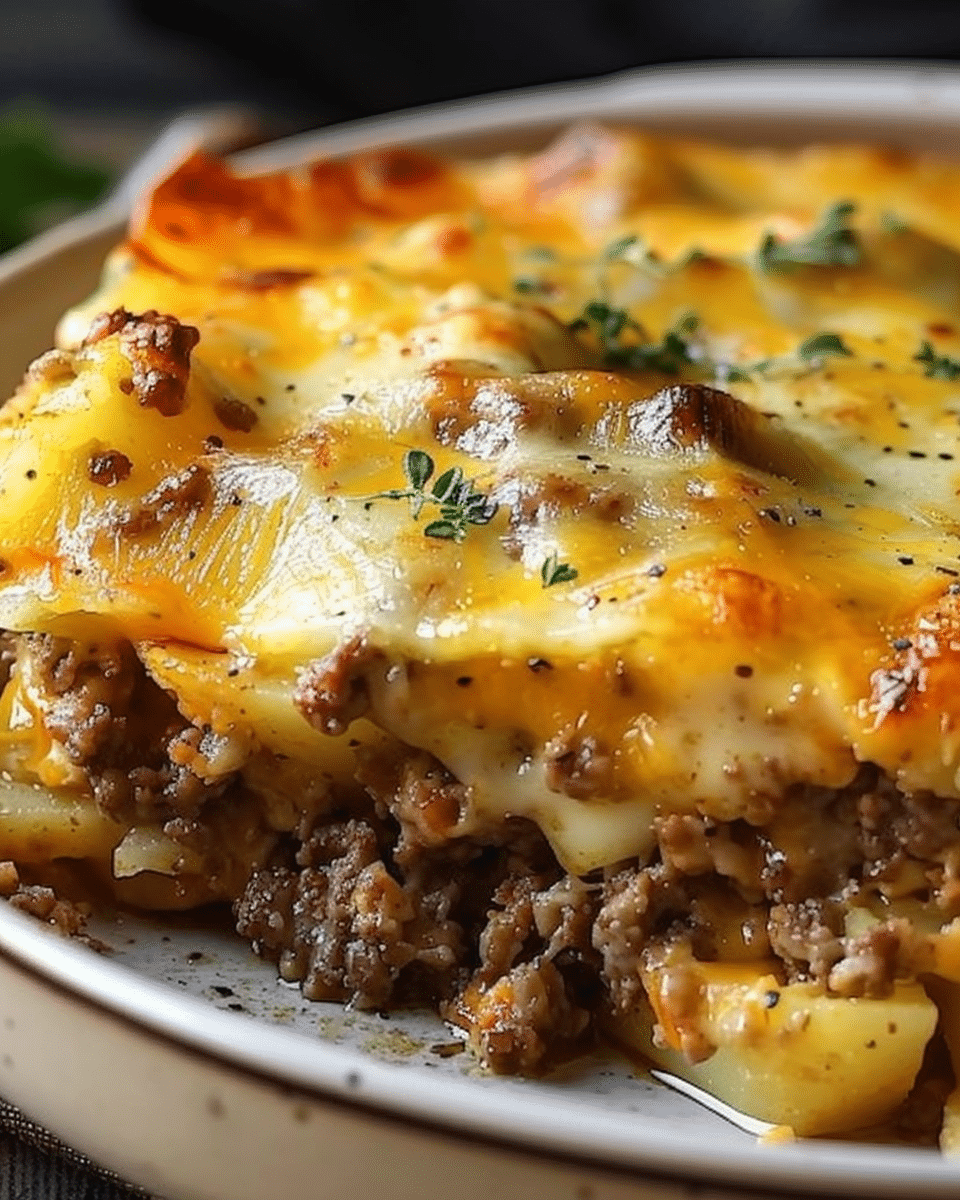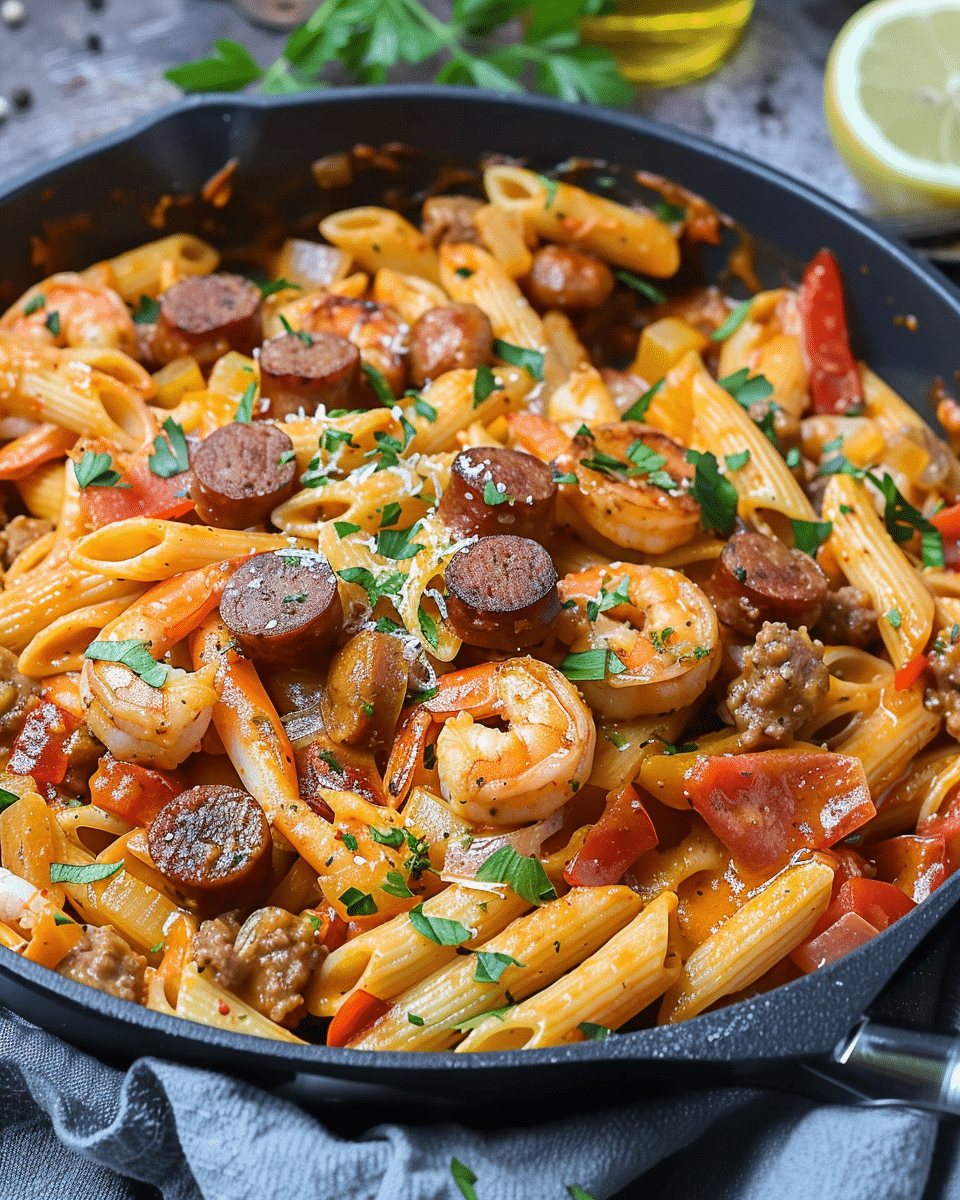From the bustling streets of Italy to the cozy kitchens around the world, the fusion of pasta and meatballs has always been a match made in gastronomic heaven. This pairing not only tantalizes the taste buds but also warms the heart with its rich history and delightful flavors. From the classic spaghetti and meatballs to more unique pairings, there’s a combination for everyone. But have you ever wondered what to eat with meatballs for dinner besides pasta?
A Brief History of Meatballs with Pasta
Believe it or not, the beloved combination has roots that date back centuries. While meatballs themselves have ancient origins in various cultures, combining them with pasta is a relatively recent tradition, predominantly from Italian-American communities. The art of meatball preparation has evolved over the years, leading to a variety of cooking techniques and flavors.
What Pasta Goes with Meatballs?
There’s something heartwarmingly comforting about a plate of pasta paired with juicy meatballs. Whether it’s a scene from a classic Italian movie or a memory of a family dinner, pasta with meatballs is a match made in culinary heaven. However, with the wide variety of pasta shapes available, you might find yourself wondering: What pasta truly goes best with meatballs? Let’s explore this delightful dilemma.
Spaghetti – The Classic Choice
When most people imagine meatballs with pasta, they picture spaghetti. The long, slender strands of spaghetti are iconic when twirled around a fork with a meatball and some sauce. This combination is not just popular in households, but also a staple in Italian-American restaurants.
Penne – The Robust Alternative
Penne, with its tube-like structure, has the advantage of holding onto sauces, ensuring that you get a flavorful bite every time. Their sturdy shape stands up well to the meatballs, making it a favorite choice for those who want a different texture to spaghetti.
Linguine – Elegance in Simplicity
Linguine, being flatter than spaghetti but not as wide as fettuccine, strikes a delightful balance. When paired with meatballs, especially in a creamy or tomato-based sauce, it creates a harmonious dish that’s both elegant and satisfying.
Rigatoni – A Meaty Affair
If you like your pasta to have a substantial bite to it, rigatoni is your best bet. These large tubes are perfect for those who love a meaty dish, as they complement the size and texture of meatballs perfectly. Perfect for those who love meatball cooking techniques that result in juicy meatballs.
Farfalle – A Delicate Touch
Often referred to as “bow-tie pasta”, farfalle offers a playful appearance to the plate. While they might seem delicate, they pair wonderfully with meatballs, especially when you’re aiming for a visually appealing dish.
Fusilli – Spirals of Flavor
The spiral shape of fusilli is not just fun but also functional. It’s adept at trapping sauce, ensuring that your meatballs are complemented with the right amount of flavor in every bite.
The Role of Sauce
While the type of pasta plays a pivotal role, the sauce cannot be overlooked. A classic marinara or tomato-based sauce is always a hit with meatballs. However, if you’re feeling adventurous, a creamy Alfredo or a fresh pesto can elevate your meatball pasta dish to new culinary heights.
Conclusion
While spaghetti might be the poster child for meatball dishes, it’s clear that many pasta shapes can complement meatballs wonderfully. The choice largely boils down to personal preferences and the kind of sauce you’re using. So, the next time you find yourself pondering, “What pasta goes with meatballs?” remember that the pasta world is your oyster, and there’s no harm in experimenting to find your perfect pairing.
Choosing the Perfect Pasta Shape
The art of pairing pasta with meatballs goes beyond merely boiling some noodles and tossing them with sauce. To truly elevate the experience, understanding how different pasta shapes complement meatballs is crucial. Let’s delve into the factors that can guide you in making the ideal choice.
Texture and Size Matters:
The texture and size of your meatballs play a significant role in determining the suitable pasta shape. For instance, larger meatballs tend to pair better with thicker, more substantial pastas like rigatoni or penne, ensuring that every bite has an even distribution of meat and pasta. Conversely, smaller meatballs are beautifully matched with finer pastas such as spaghetti or linguine.
Holding the Sauce:
Some pasta shapes are designed to hold onto sauces more effectively. Penne, fusilli, and rigatoni, with their grooves and hollows, excel in this aspect. They trap sauce, ensuring each bite is flavorful. So if your meatballs come with a rich, chunky sauce, these might be your go-to shapes.
Presentation and Aesthetics:
Sometimes, the choice of pasta can be influenced by the visual appeal. Farfalle, often referred to as “bow-ties,” offers an elegant touch to your dish. It’s not just about taste, but also about creating a visually pleasing plate.
Mouthfeel and Experience:
The texture of the pasta can significantly impact the overall eating experience. Linguine offers a slightly different mouthfeel compared to spaghetti, even though both are thin. Depending on your personal preference, the subtle differences can influence your ultimate choice.
Complementing Flavors:
While the sauce plays a pivotal role in flavor, the pasta itself can bring its unique taste. Whole wheat pasta has a nuttier profile, while egg-based ones can be richer. Choose a pasta type that complements the flavor profile of your meatballs and sauce.
In conclusion, choosing the perfect pasta shape for your meatballs isn’t just about tradition but also about understanding the nuances of flavor, texture, and presentation. By considering these factors, you’ll be well on your way to crafting a meatball and pasta dish that’s both delightful to the palate and pleasing to the eye.
Importance of Sauce
When discussing the union of pasta and meatballs, one cannot overlook the pivotal role that sauce plays in this culinary symphony. The sauce is the bridge that brings together the textures of pasta and the rich flavors of meatballs, enveloping them in a harmonious blend. But why exactly is sauce so important?
Flavor Profile:
The sauce provides the primary flavoring for the dish. While pasta has a relatively mild taste and meatballs carry their own seasoned profile, it’s the sauce that dictates the overarching flavor theme. Whether it’s the tanginess of marinara or the creamy richness of Alfredo, the sauce sets the dish’s mood.
Texture and Consistency:
Sauce lends moisture and a certain consistency to the dish. It ensures that the pasta isn’t dry and gives the meatballs an added layer of succulence. A good sauce will coat each pasta piece uniformly, creating a seamless bite from start to finish.
Balancing Elements:
Sauces can balance or enhance the flavors present in a dish. If meatballs are particularly spicy, a milder sauce might be chosen to temper that heat. On the other hand, a robustly flavored sauce can lift the taste of simpler meatballs.
Visual Appeal:
Beyond taste and texture, a sauce adds color and visual allure to the dish. The vibrant red of a tomato-based sauce or the velvety white of a creamy sauce can make the dish pop on the plate, tempting diners even before the first bite.
Versatility:
Different sauces allow for a plethora of variations. By merely switching the sauce, you can transform the entire dish. This versatility means that pasta and meatballs can be a staple in one’s diet without ever becoming monotonous.
Cultural Authenticity:
Many sauces carry with them the weight of tradition and culture. From the Roman origins of Carbonara to the Italian-American love for Marinara, sauces tell a story. They connect us to regions, traditions, and histories, adding depth to the dining experience.
In essence, while pasta provides the base and meatballs bring protein-packed goodness, it’s the sauce that truly completes the dish. It’s the magic elixir that binds all elements, ensuring that every forkful is a dance of flavors and textures. The importance of sauce in the realm of pasta and meatballs cannot be overstated – it’s truly the heart and soul of the dish.
Homemade vs. Store-Bought Pasta: A Comparative Guide
For many, pasta is a beloved staple in their culinary repertoire. Whether it’s a quick weeknight dinner or an elaborate weekend feast, the versatility of pasta is undeniable. However, a common dilemma many face is choosing between homemade and store-bought pasta. Each has its own set of advantages and challenges. Let’s dive deep into this comparison to help you make an informed choice.
Texture & Flavor – A World of Difference
Homemade Pasta:
- Taste: Undoubtedly, homemade pasta boasts a fresh, rich, and authentic flavor, which can elevate any sauce it’s paired with.
- Texture: Since you can control the dough’s consistency, homemade pasta often has a rustic, slightly chewy texture that many find delightful.
Store-Bought Pasta:
- Taste: While store-bought pasta can be delicious, especially if it’s a high-quality brand, it might not have the same depth of flavor as its homemade counterpart.
- Texture: Generally uniform and consistent, making it reliable for certain dishes. Some may find it lacks the distinct mouthfeel of homemade versions.
Convenience & Time
Homemade Pasta:
- Time-Consuming: Making pasta from scratch can be a labor of love, often taking hours from start to finish.
- Requires Tools: A pasta machine or rolling pin is usually needed, along with other tools depending on the pasta type.
Store-Bought Pasta:
- Quick & Easy: Perfect for those hectic days when you need to whip up a meal in minutes. Just boil, sauce, and serve!
- Shelf-Stable: Can be stored for a long time, ensuring you always have a quick meal option at hand.
Variety & Flexibility
Homemade Pasta:
- Limitless Options: From fettuccine to ravioli, you’re only limited by your imagination and skill.
- Customizable: You can experiment with flavors, incorporating herbs, spinach, beetroot, or even squid ink into the dough.
Store-Bought Pasta:
- Wide Range: Supermarkets offer an array of pasta types, from whole wheat to gluten-free options.
- Less Flexibility: You’re limited to the flavors and types available at the store.
Nutrition & Ingredients
Homemade Pasta:
- Control Over Ingredients: You know exactly what’s going into your pasta, allowing you to make healthier choices.
- Freshness: No preservatives or additives, just fresh ingredients.
Store-Bought Pasta:
- Varied Nutrition: While some brands may be highly processed, others offer organic or whole grain options that are quite nutritious.
- Preservatives: Some varieties might contain additives to increase shelf life.
Price Point
Homemade Pasta:
- Potentially Cost-Effective: While there’s an initial investment in tools and ingredients, in the long run, making pasta at home might be more economical, especially if you make it regularly.
Store-Bought Pasta:
- Ranges Widely: From budget-friendly options to gourmet imported varieties, there’s a range for every wallet.
Conclusion
The debate between homemade and store-bought pasta doesn’t have a clear winner. It all boils down to personal preferences, priorities, and the occasion at hand. If you’re looking for an authentic, rich experience and have the time to spare, homemade pasta is unparalleled. However, for a convenient, quick, and still delicious meal, store-bought pasta is a fantastic option. The best approach? Enjoy both, depending on your mood and needs.
Toppings to Elevate the Dish
While the harmonious blend of pasta, meatballs, and sauce already makes for a mouthwatering dish, toppings can truly take it to another level. These finishing touches not only add an extra layer of flavor and texture but also enhance the visual appeal, making the dish even more tantalizing. Let’s delve into some of the popular toppings that can elevate your pasta and meatball creation.
Grated Parmesan:
This hard, aged cheese, when finely grated over a hot dish, adds a salty and slightly nutty flavor. It melts subtly, giving the dish a richer texture and a glossy sheen. A sprinkle of Parmesan can effortlessly intensify the savory notes of the dish.
Fresh Basil:
Offering a burst of aromatic freshness, basil leaves can be torn and scattered atop the dish. Its sweet and slightly peppery flavor pairs exceptionally well with tomato-based sauces, providing a touch of herbal brightness.
Chili Flakes:
For those who enjoy a hint of heat, red chili flakes are a perfect choice. Just a pinch can awaken the flavors and add a spicy kick, making each bite more invigorating.
Garlic Bread Crumbs:
Toasted bread crumbs seasoned with garlic and herbs can add a delightful crunch to the otherwise soft textures of pasta and meatballs. It’s an unexpected touch that provides both taste and texture contrast.
Freshly Cracked Black Pepper:
A simple but effective topping, freshly cracked black pepper can introduce a warm, slightly spicy undertone to the dish. It’s especially harmonious with cream-based sauces.
Olives:
Chopped or sliced, olives can add a briny depth to the dish. Their saltiness and unique flavor profile can complement both meatballs and pasta, especially in Mediterranean-inspired recipes.
Pine Nuts:
Toasted pine nuts provide a delicate crunch and a buttery, slightly resinous taste. They pair exceptionally well with pesto sauces and add a touch of elegance to the dish.
Lemon Zest:
For a hint of zesty brightness, finely grated lemon zest can be sprinkled on top. It adds a refreshing note, especially to richer, cream-based dishes.
Fresh Parsley:
Chopped fresh parsley can provide a vibrant color contrast and a mild, grassy flavor. It’s a classic topping that never goes out of style.
In conclusion, while pasta and meatballs with sauce are already a delightful trio, the addition of thoughtfully chosen toppings can elevate the dish from delicious to divine. Whether you’re looking for a burst of flavor, a contrasting texture, or just a splash of color, these toppings are the cherries on top of an already scrumptious sundae.
FAQs
How many meatballs per person?
When planning a meal, the number of meatballs per person can vary based on the occasion and what else is being served. For a main course, especially when served with pasta or a substantial side, 6 to 8 meatballs per person is a general guideline. However, if you’re serving meatballs as an appetizer or part of a buffet, plan on 3 to 4 meatballs per person. Keep in mind, appetites can vary, so it’s always a good idea to prepare a few extras just in case.
What are Ikea meatballs made of?
Ikea’s famous meatballs, known as “Swedish meatballs” or “köttbullar” in Swedish, are a blend of ingredients that provide their distinctive taste. The traditional meatballs are made from a mix of beef and pork. They are seasoned with onions, breadcrumbs, and a blend of spices. Additionally, Ikea also offers a chicken meatball variant and a veggie meatball option, catering to a broader range of dietary preferences. The vegetarian version is made from ingredients like chickpeas, carrots, peas, and kale.
What pasta can I use instead of fettuccine for Alfredo?
If you’re looking to substitute another pasta for fettuccine in an Alfredo dish, there are several options. Linguine is an excellent choice as it’s similar in size and shape but slightly flatter. Penne and rigatoni are also popular alternatives, as their tubular shapes are great for holding onto that creamy Alfredo sauce. Tagliatelle and pappardelle are wider pasta types that can also complement the richness of Alfredo sauce beautifully. Ultimately, the choice boils down to personal preference, but most pasta types work well with Alfredo sauce, so you can feel free to get creative!
Is pasta and meatballs healthy?
The healthiness of pasta and meatballs largely depends on the ingredients used and the preparation method. Here’s a breakdown:
- Pasta: Opting for whole grain or whole wheat pasta can boost the fiber content, which is beneficial for digestion and satiety. Gluten-free options are available for those with gluten sensitivities or celiac disease.
- Meatballs: Using lean cuts of meat, such as ground turkey or chicken, can reduce fat content. Incorporating vegetables like finely chopped spinach or zucchini can also add nutritional value.
- Sauce: Homemade tomato-based sauces tend to be healthier as they are often lower in sodium and free from preservatives.
Conclusion
The world of meatballs and pasta is vast and flavorful, stretching beyond the familiar plate of spaghetti and meatballs we all know and love. Whether you’re curious about serving sizes, the ingredients behind iconic Ikea meatballs, or searching for healthier pasta alternatives, there’s always something new to learn and taste. At the heart of it, enjoying pasta and meatballs is not just about indulging in a dish but understanding and appreciating its nuances, ingredients, and the culture behind it. As you experiment with different pastas, sauces, and meatball recipes, remember that the best plate is the one made with curiosity and love. Bon appétit!








